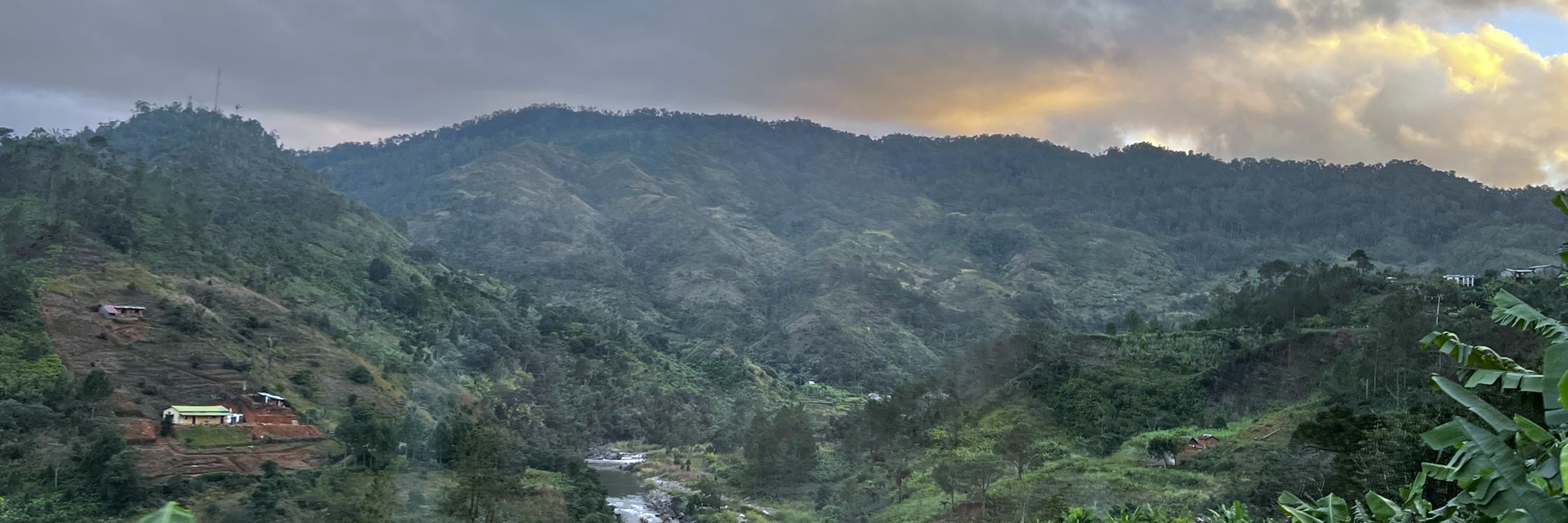A joint degree in Environmental Sciences, and College support, is helping Liam study pollutants’ impacts on lemurs in Madagascar
Following in the footsteps of conservation giants
“I was looking at a couple different schools for their environmental science programs,” said Liam Green (B.S. Environmental Science ’23), a senior in the College of Arts and Sciences. “The Integrated Program in the Environment offers a really nice interdisciplinary approach to environmental science,” as it is jointly administered by the O’Neill School of Public and Environmental Affairs, the School of Public Health, and College of Arts and Sciences. “I appreciate the wide variety of classes offered, as environmental science incorporates many different subjects.”
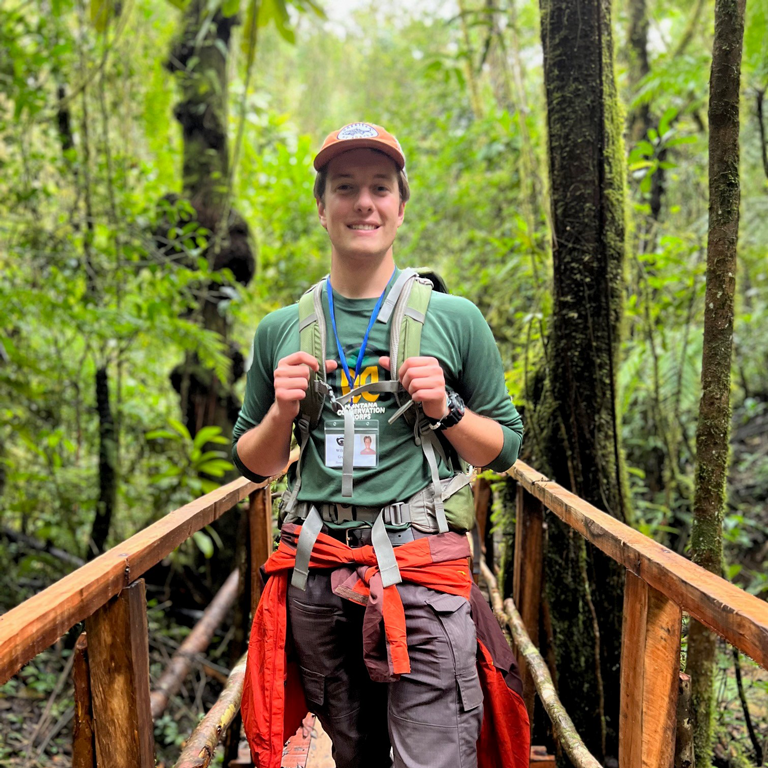
Last summer, Liam’s longstanding interest in conservation led him to reach out to a hero of his, and ended up taking him on a research journey that would send him to Madagascar and the rainforest in search of lemurs.
It started in high school, when Liam visited the Indianapolis Zoo and met renowned primatologist Patricia Wright at a Zoo-sponsored event titled, “Meet a Hero.” Liam was in awe: Dr. Wright is the founder and executive director of Institute for the Conservation of Tropical Environments and of the Centre ValBio in Madagascar, a preeminent expert on lemurs, and the 2014 winner of the Indianapolis Prize, a prestigious conservation award.
When he asked how he could do what she’s doing – traveling the world, researching primates, and working to protect animals and the environment – she gave him her business card and told him to reach out after a couple years of university.
Flash forward to 2022, and Liam, now a senior at IU pursuing a B.S. in Environmental Science – a joint degree program between the College of Arts and Sciences and the O’Neill School of Public and Environmental Affairs – had kept Wright’s business card. And he needed to secure a summer internship. “I decided at the last minute to contact her, and asked if I could get involved,” Liam said.
To his surprise, “She was excited to get an email from me,” Liam recalled, and further, was interested in getting him involved in her groundbreaking work studying lemurs in Madagascar. Wright quickly got him on board and suddenly Liam found himself needing to find funding, write a thesis, and learn how to become his own Principal Investigator (PI) in order to pursue his own research.
Funding support
First, Liam needed to find funding to support his research project, and he had a tip from classmates that helped him.
“So many peers told me about a great source of scholarship money,” he said. That source was the Walter Center for Career Achievement, which has a number of scholarships that go toward helping students finance their internships, as well as other career and upskilling opportunities.
Liam filled out an internship application, and while “it included ideas I had about what I would be doing in Madagascar, it evolved into something else,” he said.
He was awarded a $5,000 internship scholarship and was able to truly begin preparing.
Thesis and independent research
Before he left for Madagascar, Liam attended IU’s Patten Lecture with Yale anthropologist Dame Alison Richard. The title of Dr. Richard’s talk? “Madagascar: Journeys Through Time.”
Liam spoke with Dr. Richards, who has spent much of her career in Madagascar, after her lecture, and he told her that he would soon be traveling there for an internship. Word got around to graduate student peers, and that same night he was suddenly swarmed with graduate students after the talk, who said, “You can get all your own data, this is going to be amazing!” They assured him he needed to write his own thesis.
According to Liam, “I kind of said, ‘okay,’ not knowing at all what I was getting into!”
His research team consisted of himself, three guides from a local village, and a student from the University of Antananarivo, in the capital city of Madagascar.
Interested in how persistent organic pollutants, which include pesticides and PFAS (known as “forever chemicals”), are impacting tropical environments, Liam needed to find a subject he could study to show pollutant impacts.
To do this, each morning he would wake up, put on rain gear, and he and his students would follow their guide into the rainforest until they located a social group of lemurs. They would then follow this group from a distance and eventually collect fecal samples from them.
His samples have since been shipped to the U.S., and he will freeze dry the samples and perform a mass spectrometry analysis on them. He can then check for levels of organic pollutants and see how humans are impacting these primates.
With this research, Liam can complete his thesis using his own results – an impressive achievement for an undergraduate. Liam is being guided by Professor Michael Wasserman in the Department of Anthropology, on how to write a thesis and what that looks like with original research.
“He successfully completed his sample collection over the summer and is now working with Dr. Venier, Ph.D. student Tessa Steiniche, and me to complete a senior honors' thesis based on these samples,” said Wasserman. “Such motivation and independence in regard to research is very unique in a scholar at this stage of his academic career. His work should provide interesting insights into an overlooked topic of pollution exposure in wild primates that complements similar studies we have been doing in Uganda and Costa Rica."
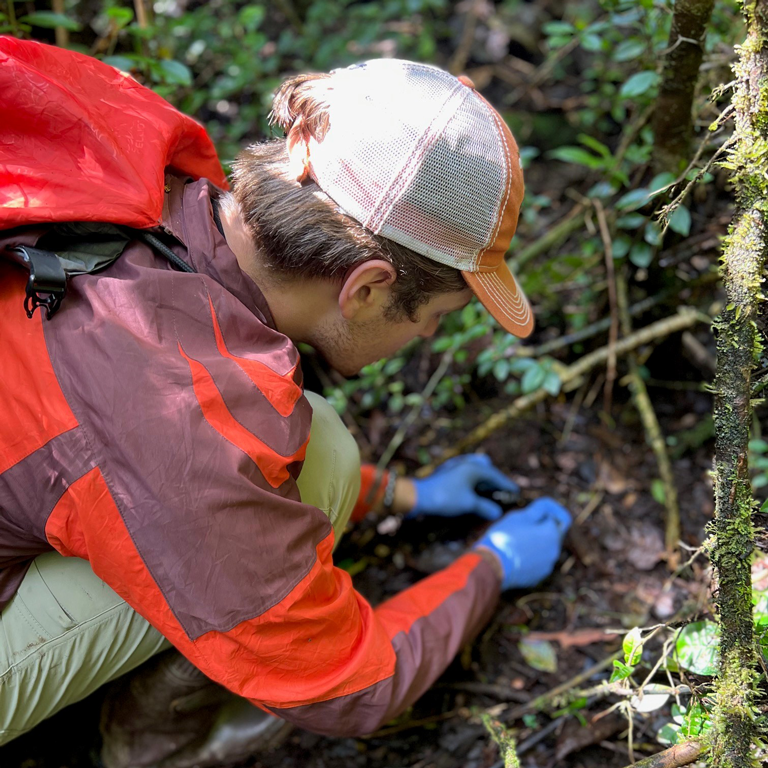
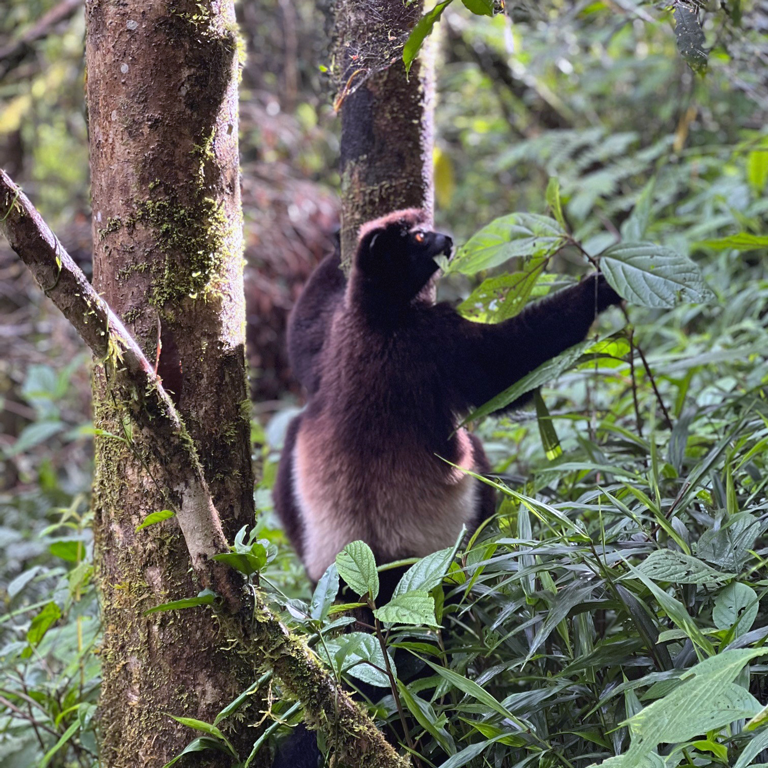
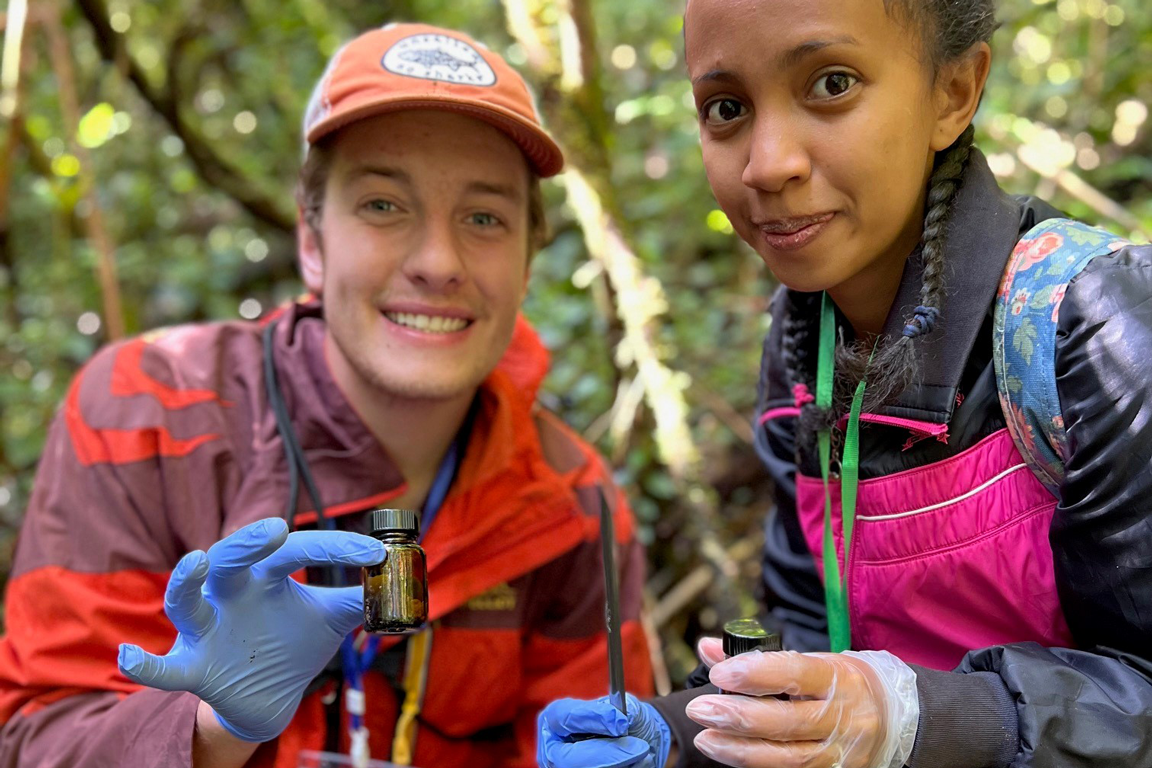
Intentional Life Design
“The only reason I was able to do this is because people were excited to see that I had passion for the work I’m doing,” Liam says. Because he was studying what he loved, Liam was encouraged to talk to highly engaged faculty who could help him in his research.
These supportive faculty members talked to him about his future, giving him a look into a career in research post-graduation. In conjunction with the Walter Center, these faculty are preparing Liam for a life he’s designing for himself.
“My roommate is now going to the Walter Center,” he noted, “and using their career advisors.”
The rich opportunities offered by the College, the interdisciplinary nature of his joint degree program, and the funding of the Walter Center have helped Liam chart his future. He plans to pursue his Ph.D. and continue work in conservation research.
“Dr. Green sounds like a pretty great name for an environmental scientist, one day,” Liam said with a laugh.
Story by Devyn Blandford Boruff-Young


